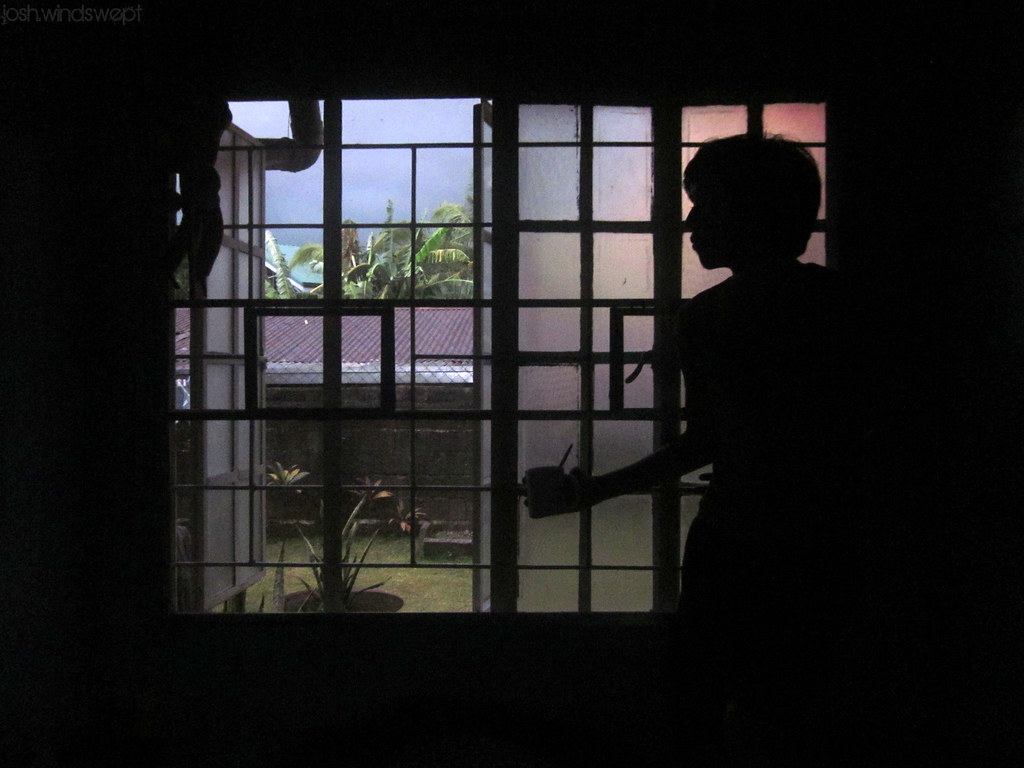 |
| Josh James/Flickr: Shadows |
Teacher-educator Kelly Gallagher describes late Sunday afternoon as “the 4:00 shadow,” the time when every teacher feels that twinge of urgency to wind up her preparations for the week (Deeper Reading, 2004). It is a positive feeling, with dysphoric undercurrents—as adrenaline fires up creativity and anticipation of classroom interactions, it also unsettles subtle anxieties from their weekend rest: how will I get this student on board this week? Will this new vocabulary activity work as planned?
Three weeks before my students return to class, I am experiencing
a sort of “end-of-summer shadow,” my anticipation and apprehension mingling and
kicking me into gear. Two months mulling over new approaches and texts,
imagining my students, our classroom, and our conversations, have led here: final
syllabi and text selections, and wondering if I am biting off more than I can
chew. I have restructured my lessons
based on a dialogical learning philosophy, and I have identified reading and writing apps for our new tablets. Almost
everything is new.
Too much change? How will students receive it? I pursued these
adjustments with the conviction that students should more actively participate
in inquiry, with tools that are relevant to their everyday experiences.
But uncertainty and excitement inevitably mix. The best
remedy is to step over that shadow into the thrumming fluorescent light of the
classroom.
No comments:
Post a Comment